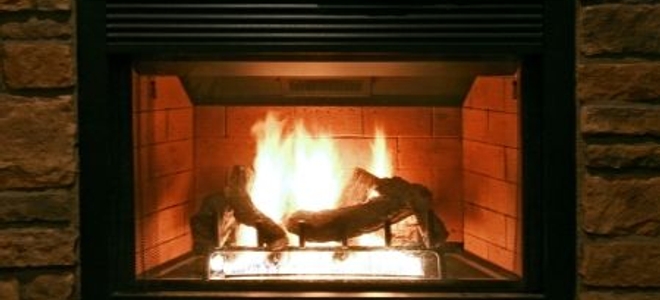Troubleshooting Basic Problems of Gas Fireplaces

Gas fireplace repair can be daunting, depending on the problem that arises. One of the things that makes fixing a gas fireplace issue so difficult and complex is finding its source. There could be multiple factors causing a single issue, so covering all your bases and eliminating potential culprits can be time consuming and may require a level of expertise you may not have.
However, there are some basic issues that you can repair on your own without too much trouble. At the very least, this guide will help give you a better understanding of each problem so you can identify them more easily.
DISCLAIMER:
Working with gas and gas appliances is dangerous. If at any point, before, during or after your investigation or repairs, the area smells excessively of gas and you can not determine the cause, call an expert for help immediately.
Pilot Light
The pilot light for you gas fireplace, as it is for many gas appliances, is an ignition source. If your fireplace won't turn on, it may be a simple matter of the pilot flame having been blown out. In order to find out, simply open the vent and you will be able to determine whether or not the small flame is out. If it is, simply re-light the pilot with a match or a lighter and test to see if the fireplace turns back on.
Alternatively, if the flame reignites initially but the pilot won't stay on, there are more in depth factors to investigate surrounding the pilot light.
The Thermocouple
The thermocouple is a small metal rod that intersects the gas valve and the burning pilot flame. It acts as a temperature sensor and generates electricity to ignite the gas when needed.
Because it's so small and must interact with multiple other components, the condition, placement, and stability of the thermocouple can all impact your fireplace for the better or for the worse.
Thermocouple issues are usually simple fixes that boil down to them not being screwed in securely or just needing to be repoisitioned. While you are in position examining this piece, ensure that all of the wiring and tubing are correctly placed and functional.
The Thermopile
Similar to the thermocouple, a thermopile is a sensor that generates voltage. In newer model gas appliances, or anything else that has electronic gas control, thermopiles are used in place of thermocouples. Due to their place in electronically controlled gas fireplaces and the fact that this mechanism generates power measured in millivolts, they are also known as gas fireplace generators and millivolt generators.
Testing or replacing one of these should only be done after you've ruled out the other obvious culprits since it's a fairly complicated process.
Using it's generator function to check how much energy it's providing is a good way to figure out if your current wiring is adequate. Loose or inadequate wiring can be the root cause behind noticeable problems like a burner that is sluggish or won't come on at all.
Conclusion
While these three components of your gas fireplace system are commonly behind some of the larger performance problems your fireplace may experience, other issues such as needing a gas valve replacement, a gas leak, or some complex combination of all of the issues already listed require the intervention of a professional to get true answers.
Looking for a new fireplace, fireplace fender, accessories or more? Compare types, brands and prices with our Fireplaces Buyer's Guide.














Comments:
Post Your Comment: